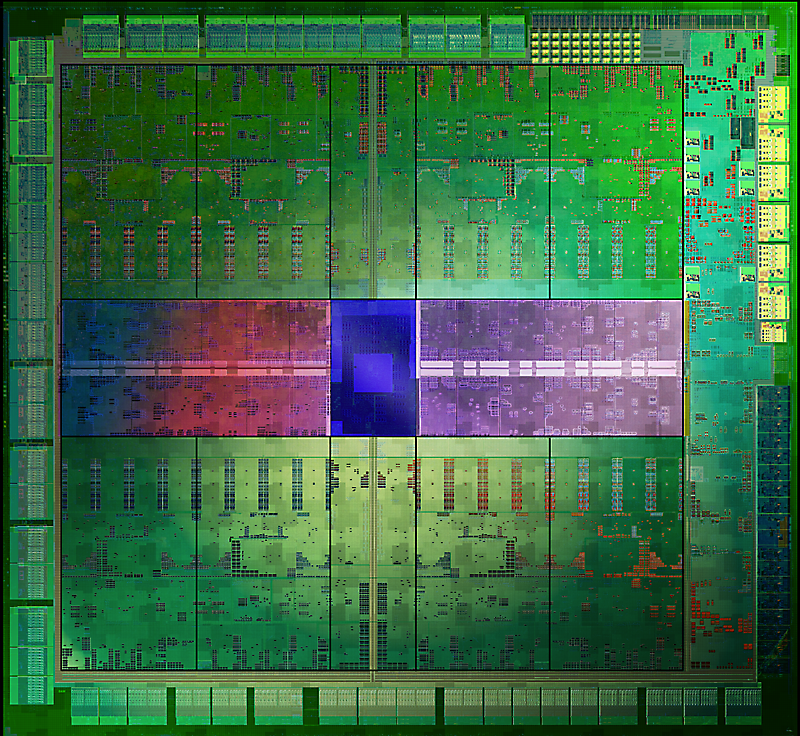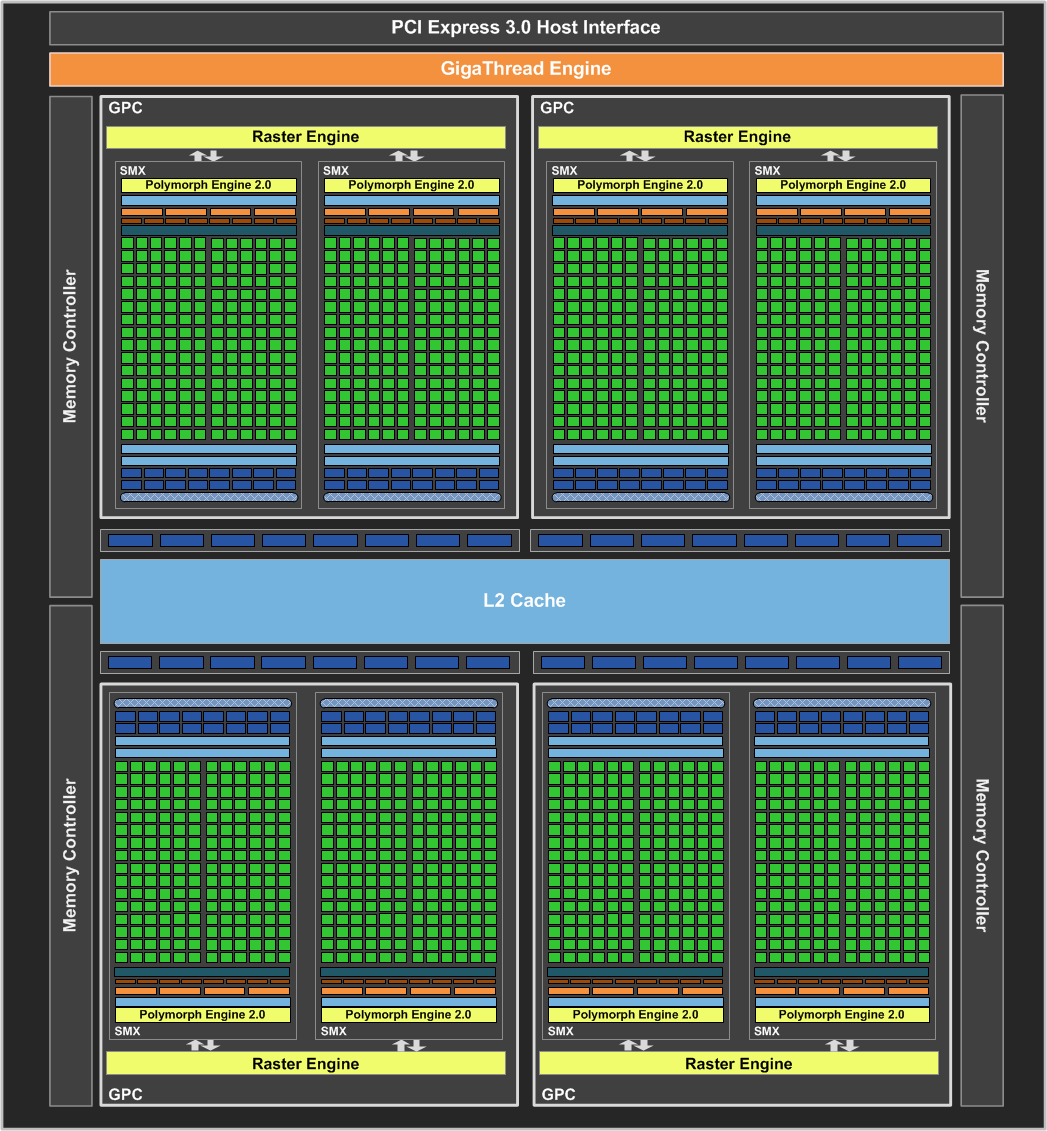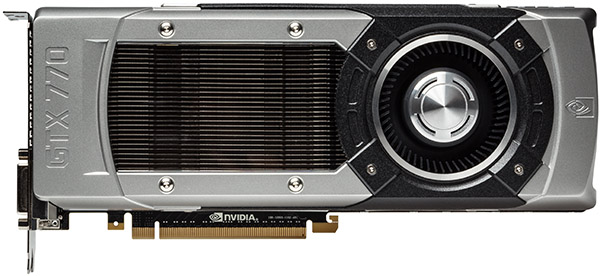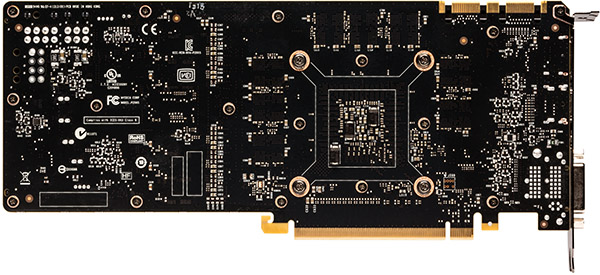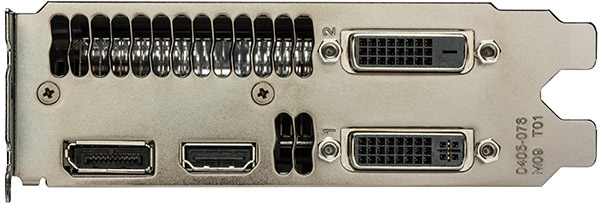The GeForce GTX 770 Review: Calling In A Hit On Radeon HD 7970?
Wait, the new GeForce GTX 770 is powered by Nvidia's old GK104? That's right. And guess what? The card is faster, quieter, more feature-complete, and less expensive than the GeForce GTX 680 that came before it. Can it usurp the compelling Radeon HD 7970?
Can A One-Year-Old GPU Still Excite Us?
A couple of days ago I was chatting with a successful industry veteran—a gentleman who I have a lot of respect for—about my thoughts on GeForce GTX 780. “Value judgments are always something I like to see as just a sidebar to a review,” he said. “Throw down the Mercedes and Ford features and performance. Buyers will decide which one is worth the monthly payment.” The folks he works with don’t care if Nvidia’s new single-GPU card sells for $650. They see an almost-Titan priced $350 less.
So maybe I was a little harder on GeForce GTX 780 than a lot of other reviewers. It’s very true that if you put 780 and Titan next to each other, Nvidia’s first 700-series card appears to be a reasonably sound choice. But I’m still coming at this from the other direction—a Radeon HD 7970 GHz Edition for $450 with $170 worth of bundled games is pretty darned impressive.
Could paying an extra $200 really buy resolutions and detail settings that aren’t playable on the AMD card? In some games, absolutely.
Even still, I had higher hopes for another card I knew was coming: the GeForce GTX 770. Based on the same GK104 graphics processor introduced more than a year ago in GeForce GTX 680 2 GB Review: Kepler Sends Tahiti On Vacation, this board needs to close the performance gap with Radeon HD 7970 GHz Edition. I also expect Nvidia to get a little more aggressive on pricing—the GeForce GTX 680 was selling for more than the faster AMD card, and didn't really make sense except in multi-GPU setups.
The GeForce GTX 770 might be a newer model, but it's basically a GK104-powered GeForce GTX 680 with higher clock rates, improved cooling, and a lower price tag.
A faster, lower-cost GeForce GTX 770 can easily pick up a win in single-card configurations. But I'm equally curious about its potential in SLI. We’ve already observed the consistency of two GK104 GPUs working together—and one GeForce GTX 690 is faster than Nvidia’s GeForce GTX Titan. So, a couple of 770s at $450 apiece (that's not the actual price; it's what I was expecting, though) could be just the ticket for 2560x1440 or 5760x1080 gaming—and for less money than that vaunted Titan.
GK104 Rides Again In GeForce GTX 770
Get Tom's Hardware's best news and in-depth reviews, straight to your inbox.
Nvidia had some room to tune and tweak GK110 to create GeForce GTX Titan, 780, and whatever else the company might do with the GPU, since the products based on this 7.1-billion-transistor chip are trimmed-back versions with 12 or 14 out of 15 total Streaming Multiprocessors enabled.
But the GK104 processor at the heart of GeForce GTX 680 is already fully-featured. The chip plays host to four Graphics Processing Clusters, each with two SMXes, and they’re all turned on. So how is Nvidia able to build a GeForce GTX 770 on the same piece of silicon? A couple of different ways. First, it turns up the clock rates on GK104. The 770’s base clock rate is 1,046 MHz (up from 1,006 MHz on GTX 680) and its rated GPU Boost speed is 1,085 MHz (up from 1,058 MHz). Second, it delivers more memory bandwidth through the same 256-bit interface. GeForce GTX 680 employed 2 or 4 GB of GDDR5 at 1,502 MHz. GeForce GTX 770 is going to be available with the same capacities running at 1,752 MHz, or 7 Gb/s.
GK104 And GK110, In More Depth
We went into great depth on GK104 in GeForce GTX 680 2 GB Review: Kepler Sends Tahiti On Vacation. For more information on the GPU and its architecture, please check out that review. If you want to know more about the GK110 processor in GeForce GTX Titan and 780, have a look at Nvidia GeForce GTX Titan 6 GB: GK110 On A Gaming Card.
The 3.54-billion-transistor GPU’s other vitals map over nicely. To recap, GK104 boasts eight SMX blocks, each with 192 CUDA cores and 16 texture units. All told, you get 1,536 CUDA cores and 128 texture units. Four ROP partitions capable of eight 32-bit integer pixels per clock add up to 32. And a quartet of 64-bit memory interfaces form an aggregate 256-bit pathway.
GeForce GTX 770: Nice Genes!
We’re officially spoiled. The last three Nvidia cards to come through our SoCal lab all featured the company’s more aggressive industrial design, typified by an aluminum housing, a polycarbonate window with a view down into a beefy heat sink, and an LED-backlit GeForce logo that’s controllable through an API Nvidia makes available to its partners. In comparison, the plastic-covered GeForce GTX 680 and Radeon HD 7970 selling in that $450 range look so…vanilla.
Aesthetically, GeForce GTX 770 looks like 780, which looks like Titan. This is the same 10.5-inch PCB, metal shroud, clear window, and centrifugal fan responsible for exhausting heat out the back of the card’s I/O panel.
When you consider that Nvidia gives the GeForce GTX 770 a 230 W TDP (20 W less than Titan and 780), this thermal solution is very likely overbuilt for GeForce GTX 770—and that bodes well for overclockers hoping to push GK104 a little harder than the factory.
Of course, despite its lower TDP, you still need one eight- and one six-pin auxiliary power connector; Nvida recommends using a power supply with at least 600 W of output.
Display output is unchanged. GeForce GTX 770 drives up to four simultaneous screens through two dual-link DVI ports, one HDMI connector, and a single DisplayPort interface.
Current page: Can A One-Year-Old GPU Still Excite Us?
Next Page A Little Glimpse Into The Business Of Graphics Cards-
EzioAs Thanks for the article.Reply
Kind of an expected performance increase. Seeing overclocked GTX 680 review was conclusive enough unless you've never seen one. Never expected this card to be getting the Smart Buy award though to be completely honest.
Hey, how about another title for the review?
- GTX 680 Gets a New Cooler, BIOS Update and Price Drop! -
No? I'll think of a better one... -
CarolKarine the fact that every single site is comparing nvidia's next-gen stuff with AMD's current gen stuff kinda sickens me. don't start throwing around "Nvidia's got this gen in the bag" till we see what AMD comes up with. they've had what, 1 1/2, 2 years? I'm hoping for GCN 2 and a die shrink on a new architecture.Reply -
Memnarchon EzioAsNever expected this card to be getting the Smart Buy award though to be completely honest.Better power consumption than 7970GE.Reply
Less noise than 7970GE.
Runs cooler than 7970GE.
Same FPS as 7970GE.
$50 less cost.
Yeah indeed, why to get the Smart Buy award I wonder... -
GMPoisoN Reply10884687 said:When you factor in the 4 games that come with the HD7970 GHz Edition, it is still cheaper than the GTX 770. I find it odd that nVidia had over a year to come up with something to beat AMD in single GPU performance at this price point but failed to deliver.
Yes, there is a bit of power savings. Yes, multi-GPU performance is better. But, that is nothing new. I also wouldn't expect future drivers to deliver much in the way of performance improvements since this card is essentially a GTX 680 v2.
Ultimately, I expected more from nVidia. Yes, this is a polished card out of the gate. But I'm not sure the release of this card will affect AMDs bottom line as things currently stand, performance wise.
Agreed. Sapphire 7970 Ghz ftw <3 -
SiliconWars None of Nvidia's partners are using the reference cooler so this is just a scam to get better turbo clock speeds and good scores on quiet and cool operation. You've been had Chris and now you've spread Nvidia's lies to your readership.Reply
